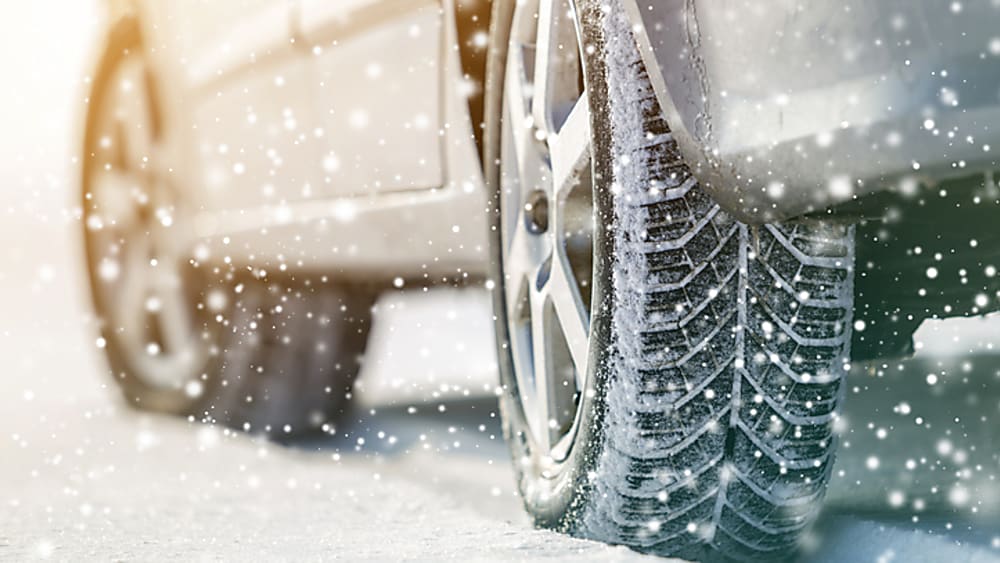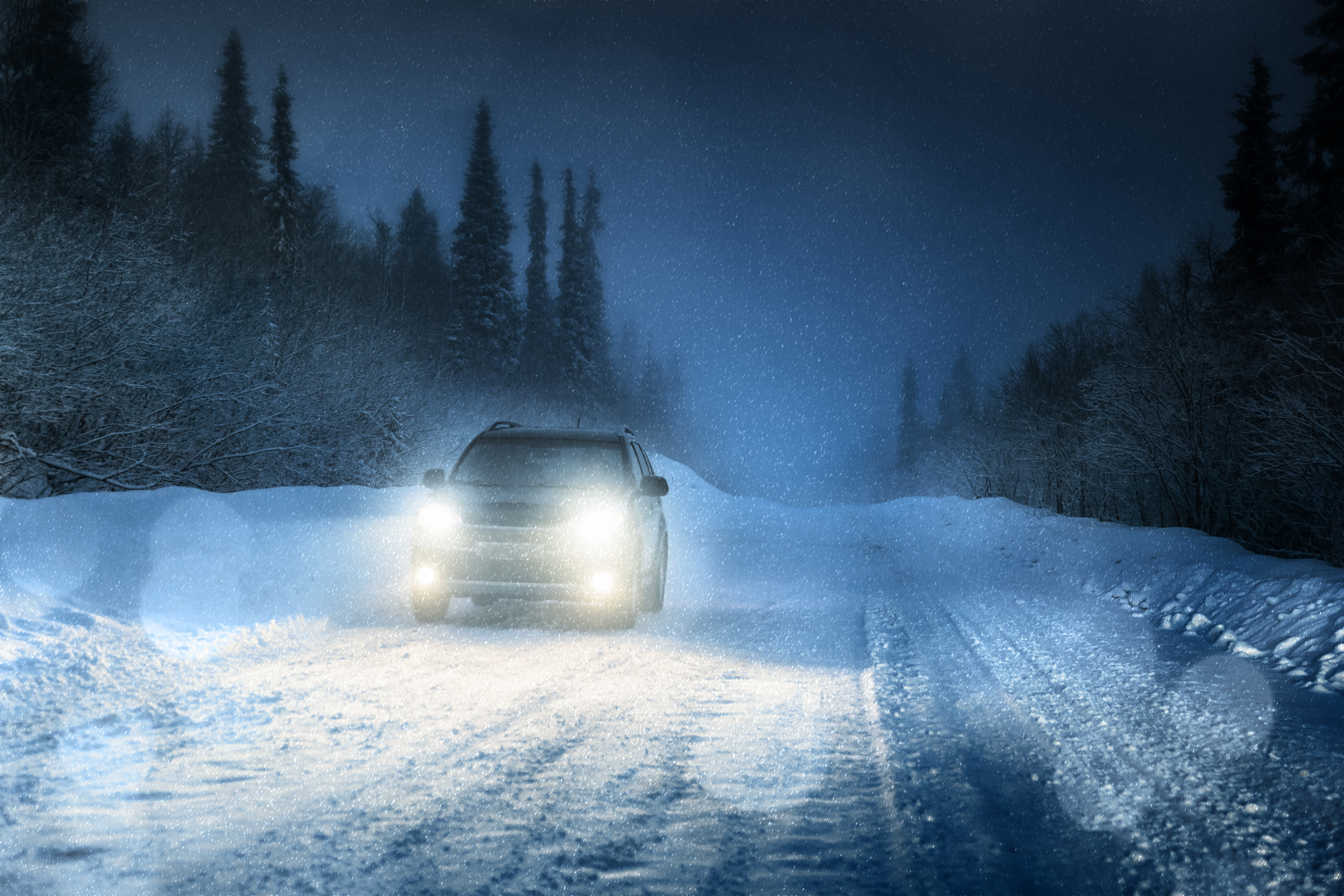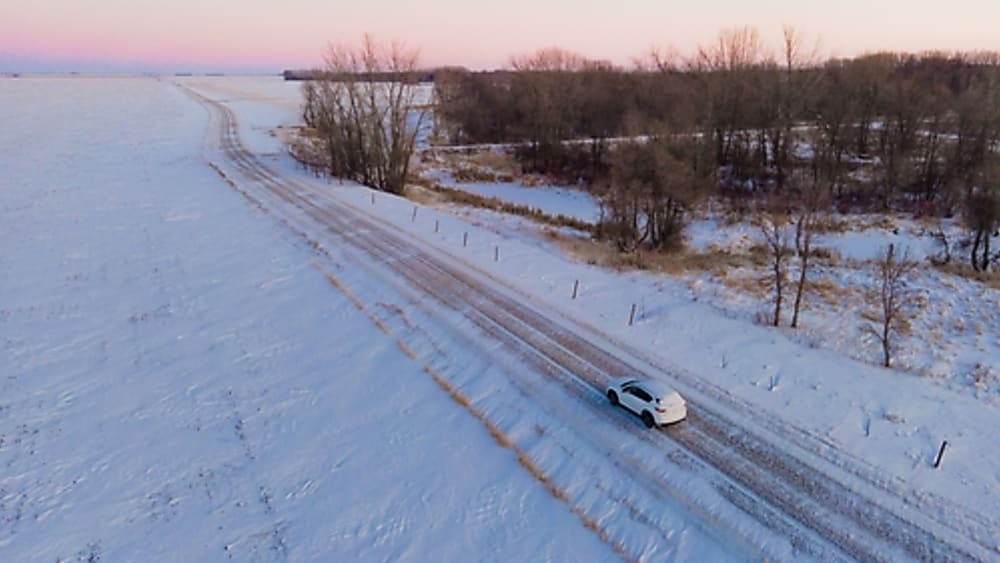Winter travel is full of unique challenges and hazards.
The perfect winter road trip begins with careful planning. By preparing ahead of time, staying informed of changing conditions, and adapting to winter driving, you can take a lot of the headaches out of seasonal travel.
These safety tips will get you on the road feeling prepared.
Stay informed
When traveling during the cold season, getting weather updates quickly can mean the difference between safety and disaster. Your phone is likely your first source of weather information.
But what if your phone is dead? Public radio is a reliable source of meteorological information. These local stations are a great source of general weather forecasts and vital information on significant events.
Before embarking, look up your local public radio station and those in areas you'll be visiting. Programming the stations into your presets will make finding information easier if something should come up.
Even if you have your phone in a winter emergency, you may be too far from service to connect. Don't get lost out on the road from a signal. Download map data for your route and the surrounding areas. This will ensure that you can always find your way, even if you don't have a signal.

Prepare your vehicle
Every road trip should begin with a thorough inspection of your vehicle. There are particular areas of interest in winter. Before heading out for any holidays adventures, be sure to:
Ensure clear visibility
- Check your windshield wipers and wiper fluid.
- If you'll be traveling through subfreezing temperatures it's worth choosing a winter-specific windshield washer fluid. This will prevent the fluid from freezing in the reservoir and keep wipers moving across icy windshields.
- Take a moment to be sure your defroster is working at maximum capacity as well.
- Finally, check every headlight function to make sure you'll have maximum visibility in the winter darkness.
Prepare your tires
Top off fluids and check brakes
- As with any trip, a cold-weather road trip should start with checking your oil. Cold weather can cause oil to thicken. SimpleTip Synthetic oil is stable across a wider range of temperatures and can perform better in winter conditions.
- Make sure you have sufficient coolant.
- Check your brakes for wear. Winter driving conditions put a strain on brakes. Make sure you're ready to stop on a dime before heading out on a long winter trip.
- The most important preparation you can make for a winter trip is to fill your gas tank or charge up your battery. You never know when you may need fuel to keep yourself warm.

Adapt your driving style
Winter driving presents its own challenges. Adapt your driving to the road and weather conditions with these tips:
- Remember to use extra caution when driving on overpasses and bridges since those freeze first.
- Don’t use cruise control as it removes too much of the driver’s timing and handling.
- Accelerate, slow down, and brake gently, especially if you’re driving a high-horsepower vehicle.
- If you feel a skid coming on, let off the gas pedal and steer in the direction of the skid.
- Oversteering is where the vehicle’s rear end comes around (common for rear-wheel drive), and understeering is the tendency to keep going straight even though you’re trying to turn (common for front-wheel drive). If it’s an unfamiliar vehicle, try to spend some time in a parking lot or other safe area getting used to its handling properties and power.
- Winter driving can be stressful so be sure to take more frequent breaks and switch drivers more often when you’re on a longer trip.
- Try to avoid winter driving after dark; but if you have no choice, be mindful of your high beams and other drivers.
Know what to do if you get stuck
It's important to know what to do before you find yourself stuck in ice or snow.
- Carry kitty litter or sand to provide traction on icy roads.
- If you must "rock" your vehicle back and forth between drive and reverse, minimize it. This practice can dig you out, but it can also harm your vehicle and wear your tire tread.
- Road flare or reflectors can be invaluable if your vehicle becomes stuck. Carry them in the winter months, especially on long trips.
Winter travel tips for renters
For those renting a vehicle during their cold-season travel, there are a few extra tips to consider.
Choose the right vehicle
Driving in winter conditions is easier in all-wheel-drive vehicles. If renting on your winter vacation, consider all-wheel-drive models such as:

Consider advanced safety features
When choosing a vehicle for your winter trip advanced safety features can help mitigate winter driving conditions. These are some of the most practical features for winter travel:
- Vehicle stability control
- Anti-lock brakes
- Traction control
- Lane management
- Adaptive headlights
- Collision avoidance
- Automatic emergency braking
- Heated seats
- Heated steering wheel
- Heated mirrors




